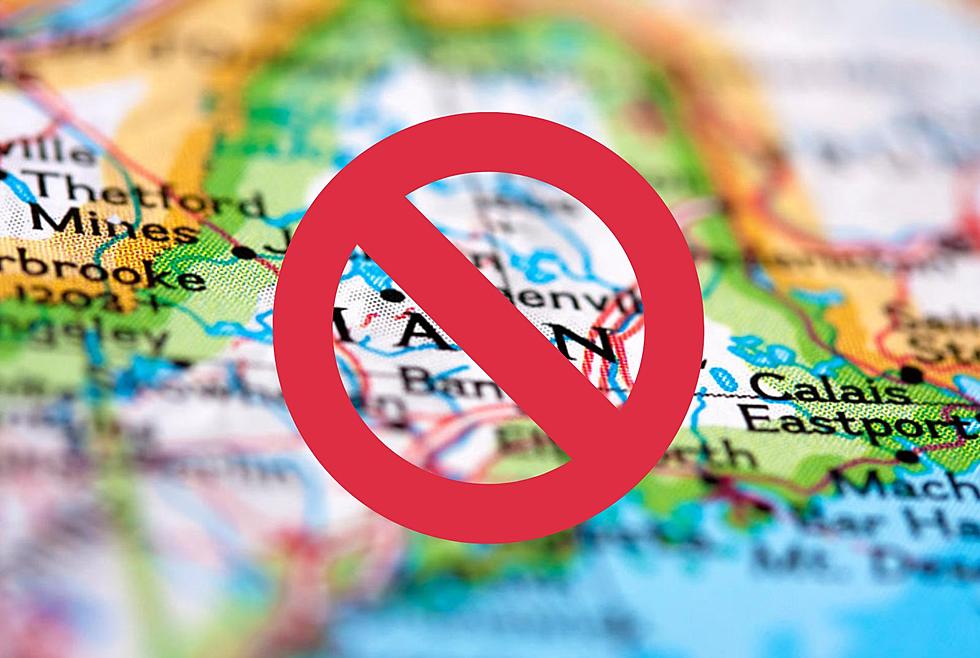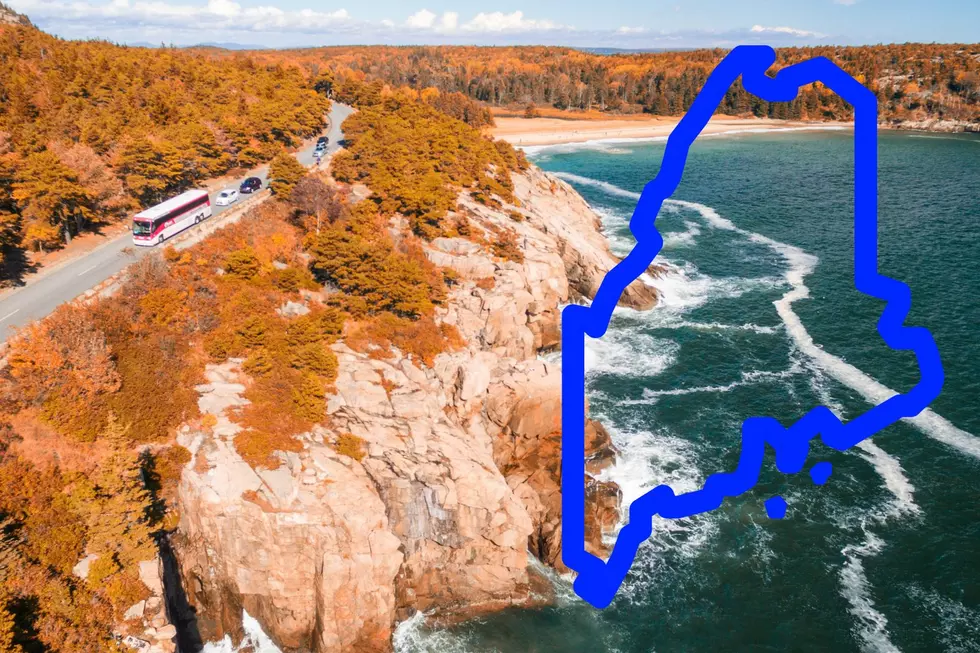
Warning: Avoid Maine’s Deadliest Fungi This Spring
As spring approaches in Maine and Punxsutawney Phil predicts a shorter winter, signs of spring are emerging! The birdies will soon be chirping, the snow will soon be melting, and the urge to venture outdoors will soon shoot out of our bodies.
Our pets, like my cat who spent seven hours outside in the 50-degree weather on a recent nice day, are eager to enjoy nature right alongside us.
Yet amidst all of the excitement of incoming better weather, we must remain vigilant. There are dangerous plants and wildlife that could cause harmless situations for us all.
The most deadly fungus in Maine is the death-cap mushroom. According to Maine Public, if you ingest only half of a death cap mushroom, your liver can shut down.
Many of us like to forage in the spring and uncover the beauty of Maine, but make sure you know exactly what this mushroom is. Because without medical attention, that mushroom may be your last meal.
The report goes onto say that some scientists are even saying it looks like this mushroom is killing 100 people per year, causing 10,000 illnesses.
Now, it thankfully looks like they have uncovered an antidote that has been effective in mice to help the disease. The scientists are sciencing, and will hopefully create a cure.
I'm sure you're thinking, "Just don't eat it." However, death cap poisonings usually occur due to mistaken identity, where you confuse it with another mushroom. This makes it even more dangerous and scary. To someone who doesn't know, the death cap can be easily mistaken for the enjoyable and edible mushroom like the paddy straw, according to the article.
So just remember that when spring hits officially and you are ready with your forage basket in hand, always be aware of what's safe to grab and what's not.
7 Invasive Insect Species That Can Damage Crops and Other Plants in New Hampshire
Gallery Credit: Kira
Mainer Shows Us How To Live 'Back in Nature' With Barefoot North
Gallery Credit: Lizzy Snyder
More From 92 Moose









